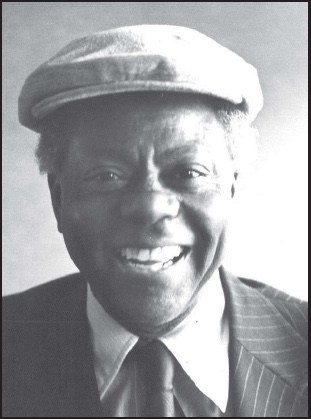Playing with Armando Perrazza
38 years ago I got my dream job which was to be the percussion salesman at the Haight Ashburry Music Center in the famous hippy area of San Francisco. The former store had been named Chickens That Sing Music.
When I had first arrived in California around 1976 I was shocked to see Afro Cuban bata drums hanging in the store window. When I was studying in New England neither the bata nor the religion of Santeria that the drums are used in was even discussed. It was strictly top secret and off limit to us newbies in the hand drum world. I had great reverence for the tradition so I was shocked. And I was also very excited!

I went into the back of the store and there was a giant percussion section. Congas, percussion and hand drums everywhere! And “exotic” (for me at the time) drums I had never seen before like Valje’s. It was like heaven to me. Two people where there a man, his name might have been Harold and a woman named Anne, both wearing white. I inquired about the drums and they were very open and informative about it, as everyone would be in California. They said they studied with Marcus Gordon, a local drummer who had already traveled to Cuba in a time when no one did. As I was passing through, I vowed to come back to California and study and get a job there as well.

A year later I was back in California. When the ownership changed hands, an Iranian man named Massound bought it. I went in imeadiately and applied for the job almost begging to be the salesman! I did not even care what the pay was. I was so happy to sit in a room full of percussion. I only owned one conga drum as I had pawned off my second drum to fly to Key West where I had been playing on the docks with a belly dancer for spare change prior to driving cross country.
While working in the store I met several people who would be influential in my life including my now ex wife, a record producer Ray Gardner and Ray’s good friend legendary percussionist Armando Perraza.
My first interaction with Armando would be the same as all my other interactions. He would casualy peak in the store. I would start playing 2 drum rumba guaguanco the moment I saw him.
No variations, just straight Havanah style guaguanco. He would slowy saunter into the store and come to the rear where i was playing. First thing he would do is stare me down. Just stare at me. With those lion eyes. They were fierce lion like and unforgettable.
My first teacher in California Simbo had been training me in every possible situation especially around hostile people and folks that did not like or want me to be there. Simbo had spent a lot of time incarcerated and one of his themes was “you got to be able to play with people who dont like you”. So in a sense I was ready to play with or in front of anyone Or maybe I was just naive and over confident.
When Armando would see that I was unwavering in my groove he would sit down and start playing solo on the quinto. Those of you who know Armando, who have played with him or seen him play know he had the magic. As soon as he would start to play, the store would literally fill up with what seemed to be hundreds of people. Massound the owner loved it. As soon as he stopped , the store emptied out just as dramatically.

With everyone standing around us, he would play full out. After he would stop the rhythm he would say, he would test me. “O.K., play something else”. I would play another rhjythm and he would say, “what is that” I would tell him and he would nod O.K. and play.
Interestingly enough, the only rhythm he ever disagreed with me on was Mozambique. He said what I was playing was not Mozambique. He called it samba. At the time I did not know I was playing Mozambique wrong. New York bastardised Mozambique. When I went to Cuba and studied the real Mozambique with the inventor, Pello El Afrokan in 1985 the first thing I realized was, “oh shit…that’s why Armando said it was wrong”!
Armando was very supportive and was always asking me who i was playing with or where i was playing. A lot of great people came through the H.A.M.C. After I left, John Santos was the next salesman and after him Wade Peterson came. Aakbar who would later take over Valje and also start Sol percussion had just arrived on the scene and was doing repairs for H.A.M.C. Wade reintroduced me to the djembe and was part of the new wave of Mamady Keita students that were surfacing all around.


